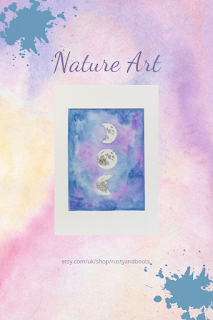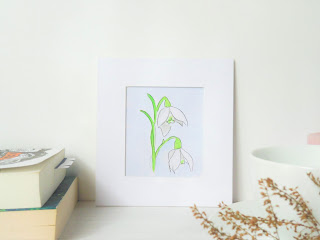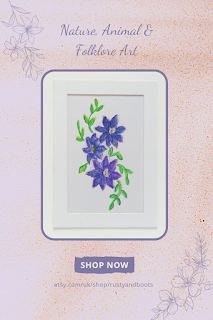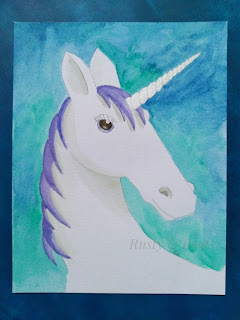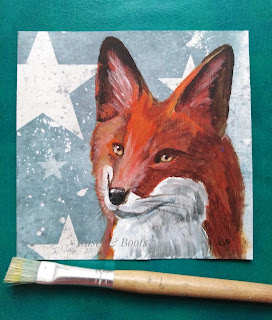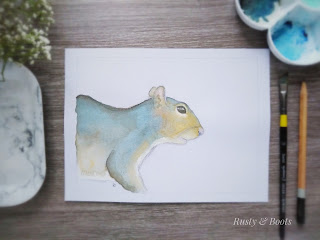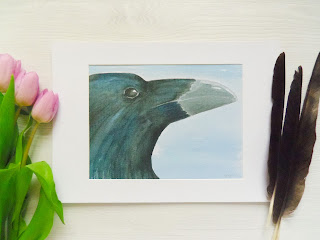Mythology
and folklore are subjects that really interest me and influence my art. It’s
sometimes a topic that some people dismiss as being “just” stories for children
but I think those people are missing the point. Mythology connects us with our ancestors
and has themes that still resonate with us today. We may have technology and
science but human life is much the same. We can still identify with the things
that the characters in myth go through, share their experience. We can learn
from stories and they offer a respite from modern life, taking us to another
place.
Folklore is full of wisdom that has been passed down through the
generations. Stories are peppered with symbols and metaphors that help us
understand life. Images of mythology can remind us of these themes, things that
may be close to our hearts, reminding you about what’s important in life.
“Whether or not they contain the encapsulated wisdom of ages past, what is
certain is that myths, fairy tales and folklore offer us a world imbued with
participation mystique – a world in which humans are fully enmeshed. In this
world, animals always have something to teach us, trees and plants can save or
cure us, wise old men and women are waiting in the dark woods to help us, and a
well may be a doorway to another world. Myths and folklore can put us back in
touch with the seasons and turnings of the year, and they can restore our
acceptance of the necessary cycles of life. They can also remind us that we
have a responsibility to future generations, and to the planet as a whole.”
The
Enchanted Life by Sharon Blackie.
They
can also set our imaginations going, making us wonder what’s happening in the
picture? What land are they in? Where does that path go? Stories are universal,
yet personal too. I’ve heard stories about my grandparents from my mother and
father, information that gets passed down through the family. In that way, we
are all stories.
Stories and images can also help us remember the enchantment
that can be found in life. In the midst of the difficulties we go through, we
can find moments of magic and wonder. The gleam of sunlight on a raindrop on a
leaf, for example (and if you’ve seen my social media posts, you’ll know I LOVE
those!). A ring of mushrooms growing in the wood - maybe there are faeries
about! A face in the bark of a tree. Holes in the ground – what kind of
creature might live in it?
I love seeing the magical side of life. Whatever
terrible things are going on in the world, created by humans, the natural world
is a beautiful place, full of mystery and marvels. Both stories and nature help
us to maintain curiosity about the world we live in as well. Where did the
inspiration come from? Who originally told the story? Where did it happen?
“It
is by such statements as, ‘Once upon a time there was a dragon,’ or ‘In a hole
in the ground there lived a hobbit’ – it is by such beautiful non-facts that we
fantastic human beings may arrive, in our peculiar fashion, at the truth.”
Ursula K. Le Guin, Why Are Americans Afraid of Dragons?
Do you love myth,
folklore or fantasy books? What is your favourite? How do they make you feel?
Let me know in the comments or on social media (links below).
Shop: Rusty & Boots Art
Instagram: @rusty_and_boots
Twitter: @RustyandBoots
Facebook: RustyandBoots
Pinterest: RustyandBoots

